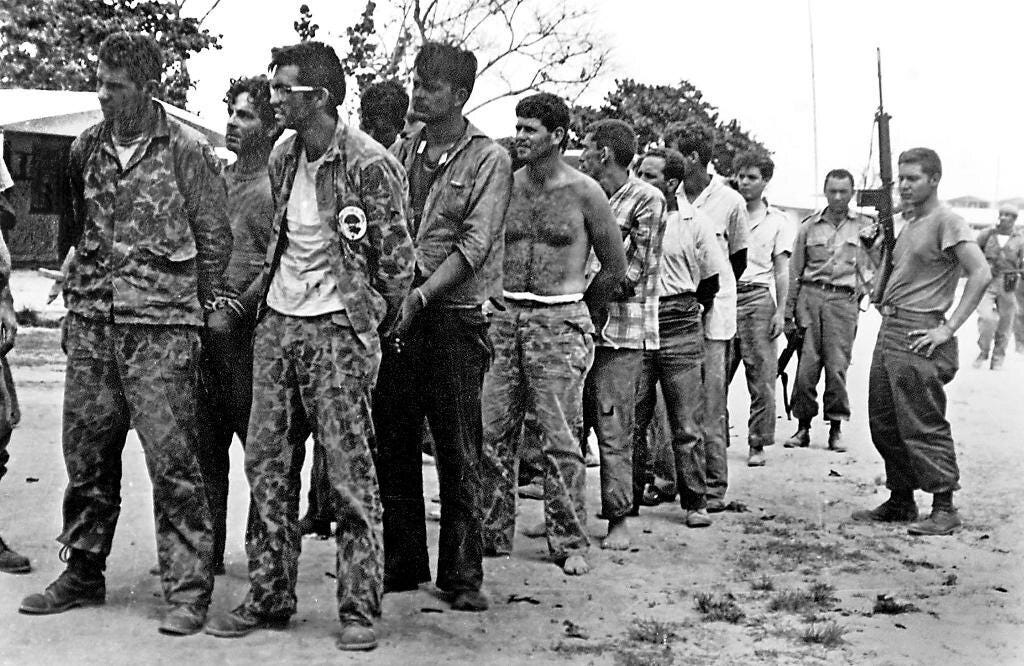“Those who cannot remember the past are condemned to repeat it.” — Spanish-American philosopher George Santayana, 1905
1961 — Bay of Pigs Fiasco
public domain image from wikimedia commons
On July 1st, 1898, future U.S. President Teddy Roosevelt (1858-1919) and the Roughriders fought at the Battle of San Juan Hill in Cuba during the Spanish-American War. It went badly for the Americans, casualty-wise (three times as many as the Spanish suffered), but the Americans won the battle when the Spaniards absquatulated.
It didn’t go so well for the Americans a little less than 63 years later, on this date in 1961. The invasion which came to be known as “The Bay of Pigs” turned into a mini-quagmire and a SNAFU. The CIA-trained Cuban refugees who attempted to remove Fidel Castro’s communist government from power were ignominiously crushed by Castro’s forces.
The coup attempt was actually former President Eisenhower’s (1890-1969) brainchild, but President Kennedy (1917-1963) inherited it and made it his own. Kennedy’s military advisors warned about the likelihood of defeat, as the invading force was small (1,500) and not well-equipped, but the hope was that this “first wave” would be an inspiration for others to rise up and join them in their revolutionary aims (not unlike John Brown’s intentions on leading a group into Harpers Ferry, Virginia [now West Virginia] in the hopes of fomenting a slave rebellion throughout the South, which ended in a deflating defeat and Brown’s hanging).
The fallout, or aftermath, was that Castro became more popular and powerful, and Cuba and Russia’s ties were strengthened, to the point that Russia equipped Cuba with missiles, leading to the “Cuba Missile Crisis” the next year.
Questions: What happened to the Cuban rebels who were taken captive? Were any killed? Were any released but remained in Cuba? Were any released who returned to the United States? How many renounced their actions and became (at least outwardly) supporters of Castro?
Read about “The Secret Lives of Kids” here.








